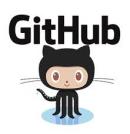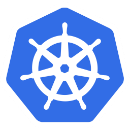ArgoCD: Okta integration, and user groups
17 May 2021In the previous post ArgoCD: users, access, and RBAC we’ve checked how to manage users and their permissions in ArgoCD, now let’s add an SSO authentification. The idea is that we don’t add user accounts locally in the ArgoCD’s ConfigMap, but instead will use our Okta users databases and Okta will perform their authentication. And… Read More »




